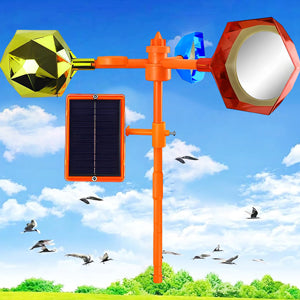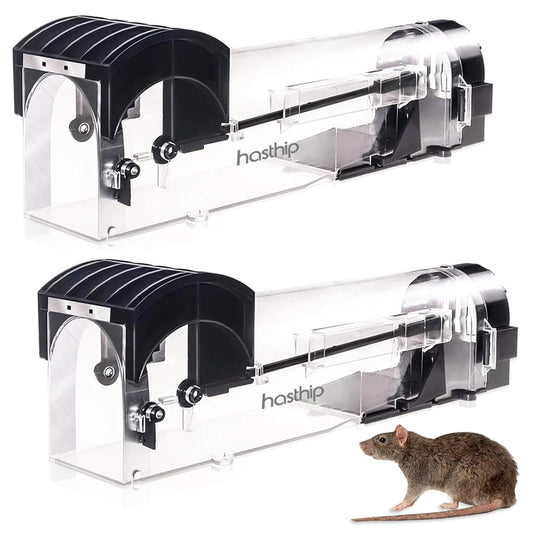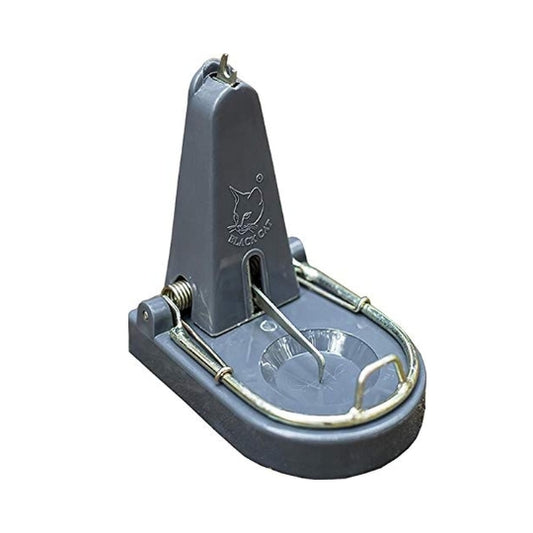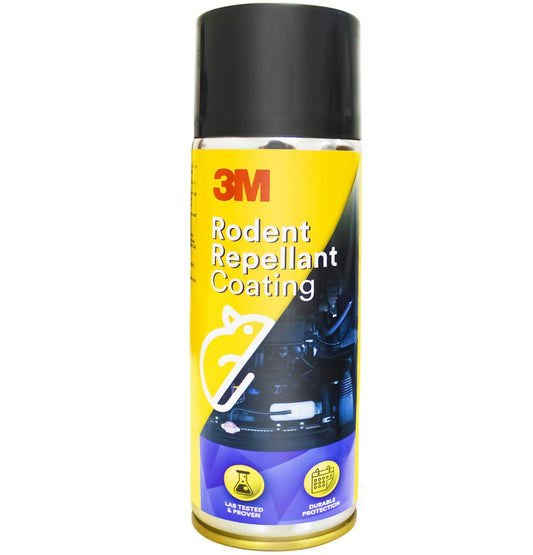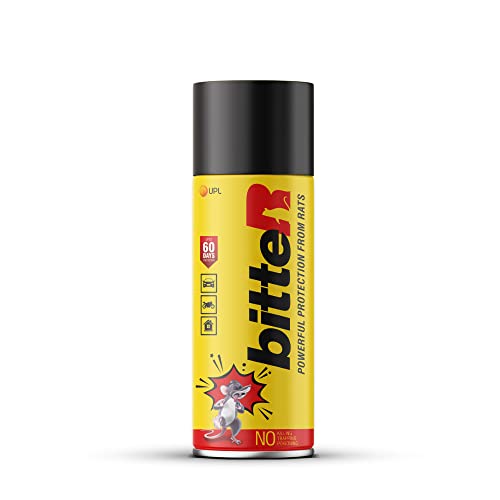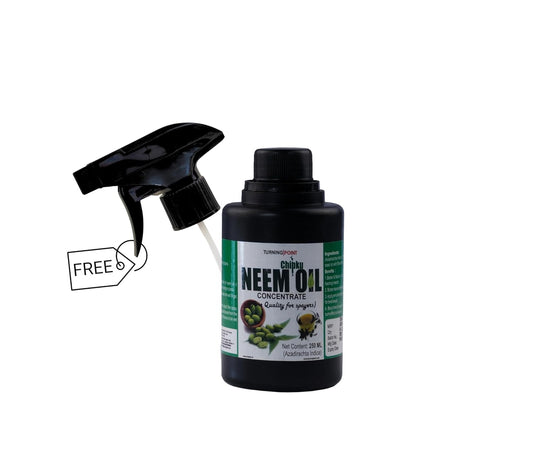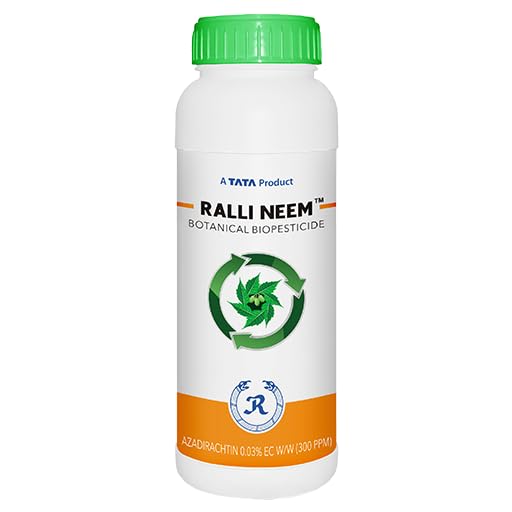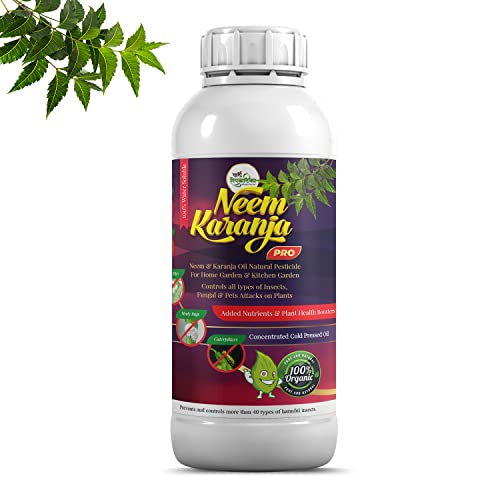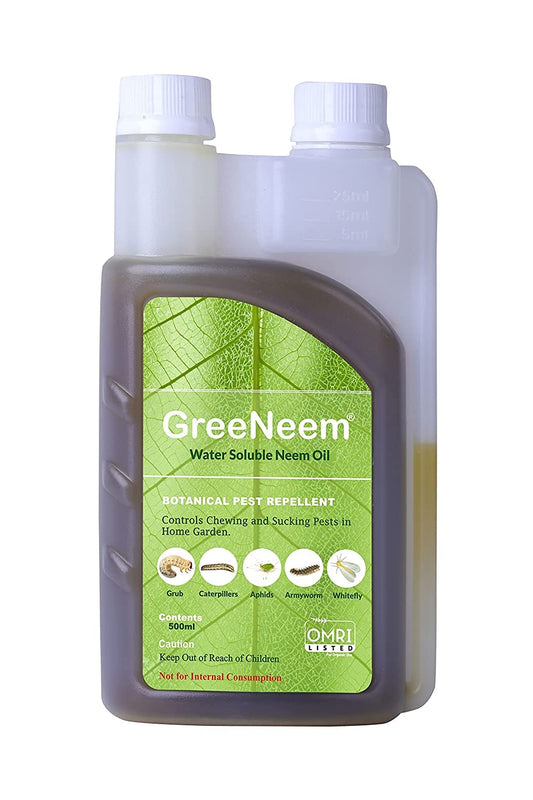Growing Beyond Limits: The Green Revolution of Protected Cultivation
Share
Step into the world of protected cultivation, where agriculture meets innovation and sustainability. This method, also known as controlled environment agriculture, is taking modern farming to new heights. It involves growing crops inside structures like greenhouses, polytunnels, or net houses, and it's changing the game in agriculture. In this article, we'll dive into the incredible advantages of protected cultivation and how it's reshaping the way we grow crops in a smart, controlled, and eco-friendly manner.
Endless Growing Seasons:
Protected cultivation is like a magic wand for farmers. It lets them stretch growing seasons as far as they want by creating the perfect conditions for plants. Whether it's freezing cold, scorching hot, pouring rain, or gusty winds outside, these structures shield crops from the elements. This means year-round farming, so you can enjoy fresh produce whenever you want. By stretching the growing seasons, protected cultivation supercharges productivity and makes farming super efficient.
Crops Fit for a King:
Inside the world of protected cultivation, it's the crops that rule. The environment is like a customized spa day for plants, with temperature, humidity, light, and even the length of the day finely tuned for each crop. This leads to speedy growth, perfect uniformity, and top-notch produce. Say goodbye to extreme weather tantrums and pests - your plants will be healthier and happier. That means fewer chemicals and more valuable crops to sell.
Eco-Friendly Farming:
Protected cultivation is a sustainability superstar. It's all about using resources wisely. By enclosing the growing area, water use is seriously reduced, thanks to fancy irrigation systems and less evaporation. These structures also trap heat, saving energy and keeping things cozy. Add in artificial lighting, fancy ventilation, and high-tech gizmos, and you've got a resource-saving dream. This smart resource use means fewer inputs, less water waste, and a smaller environmental footprint.
Say Goodbye to Pests and Chemicals:
Protected cultivation is like a fortress, keeping pests, insects, and critters out of your crops. This means you don't have to rely on nasty chemical pesticides. Instead, you can use cool strategies like integrated pest management (IPM), which involves friendly bugs, clever traps, and watchful monitoring to keep pests in check. The result? Healthier, chemical-free crops that are safe for you and Mother Earth.
Kind to the Planet:
Protected cultivation is a green revolution. By controlling the growing environment, it cuts back on synthetic fertilizers and pesticides, reducing their harm to the planet. Efficient use of water, energy, and other resources further shrinks the carbon footprint. Plus, it's gentle on the land, reducing soil erosion and protecting natural habitats. This eco-friendly approach checks all the boxes for sustainable farming and biodiversity.
A World of Crop Possibilities:
Protected cultivation opens doors to a world of crops, even the exotic and rare ones that can't thrive in regular fields. You can customize the environment to suit unique and high-value crops, catering to niche markets. This isn't just about growing more; it's about growing diversity and culinary adventures. It's a win for farmers' wallets, agricultural variety, and our taste buds.
Conclusion:
Protected cultivation is the future of farming, bringing a treasure trove of benefits to both growers and the planet. With extended growing seasons, improved crop quality and yield, resource efficiency, and eco-friendly pest control, it's a sustainable and efficient way to farm. As we aim for food security, climate resilience, and a greener planet, embracing protected cultivation is a smart step toward a brighter, more productive agricultural future.







